Short Squeeze Overview
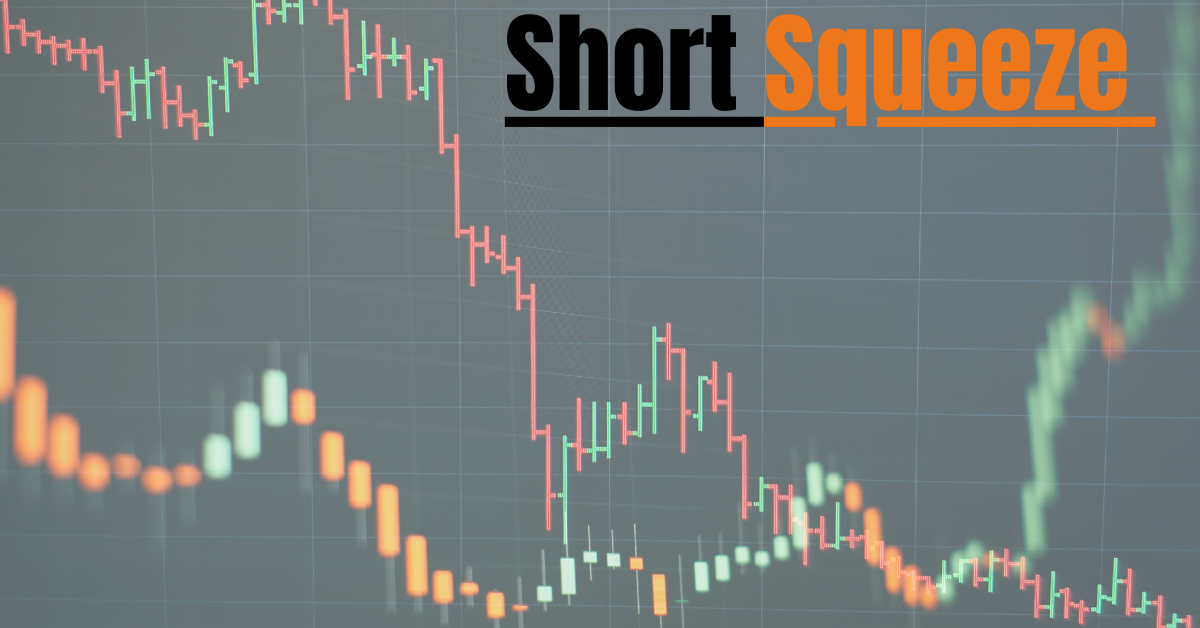
Let’s say a bunch of people think a stock is going to go down in price. So, they “short” it—basically betting that the stock will drop. But suddenly, the stock price goes up instead of down.
Uh-oh! Now, those people who bet against the stock start losing money. So what do they do? They rush to buy the stock to stop losing more. This makes the price go even higher. That’s what we call a short squeeze.
So, how do short squeezes even start? And why do they occur? Here, we will walk you through how short squeezes start and why they start in the first place.
What Is a Short Squeeze?
A short squeeze happens when the price of a stock sharply increases suddenly, very fast! It usually happens to many individuals that their bet will fall. They are referred to as short sellers. They borrow the stock, sell it, and wait for it to fall later so that they can buy it back cheaply to make money.
But if the stock price goes up instead of down, then the short sellers start losing money. In order to stop losing more, they start to cover by buying back the stock in a hurry. That pushes the price up even further! More and more short sellers get nervous and buy, which again drives the price higher.
How Does a Short Squeeze Happen?
- People bet the stock will fall: This is called “short selling.” They borrow shares and sell them, hoping to buy them back later for less.
- Something good happens: Maybe the company announces great earnings or signs a cool new deal. Suddenly, the stock starts going up.
- The short sellers panic: Since the price is rising, their plan is backfiring. They want to stop their losses, so they start buying back shares.
- Buying makes the price go higher: The more people rush to buy, the more the stock price jumps.
- The cycle continues: More people panic and buy, which pushes the price even higher… and so on.
This can all happen super quickly, sometimes in just a few hours or days!
What Causes a Short Squeeze?
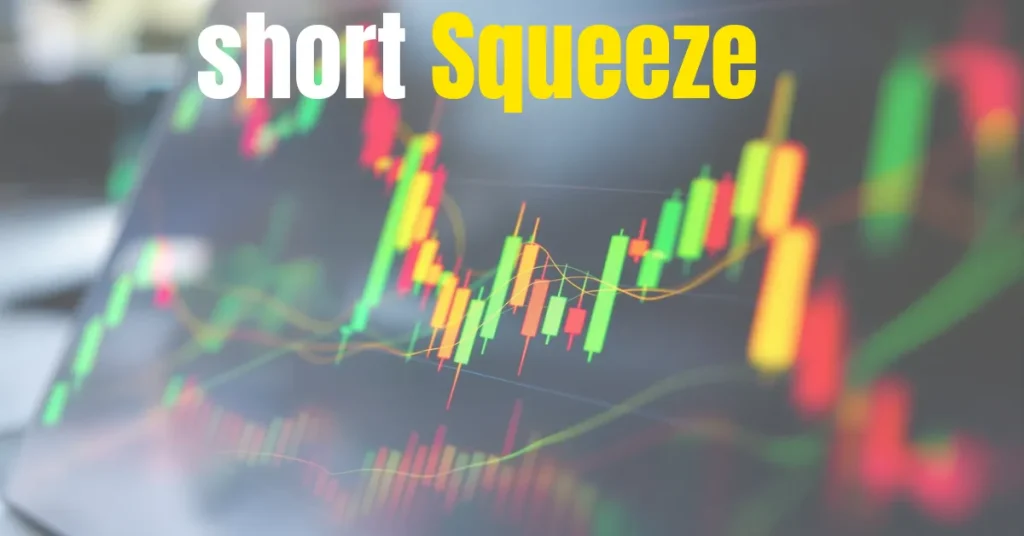
Here are some things that can make a short squeeze happen:
1. High Short Interest
If a lot of people are betting against the stock, it becomes a setup for a squeeze. Usually, if more than 20% of a company’s shares are shorted, that’s considered a lot.
2. Good News Out of Nowhere
Maybe the company releases awesome news, like strong profits, a new product, or government approval. This makes more people want to buy the stock.
3. Retail Traders Jump In
Sometimes, regular folks (like us) on sites like Reddit’s WallStreetBets decide to all buy the same stock. That can add a ton of demand and force short sellers to cover quickly.
4. Low Float Stocks
A “low float” means there aren’t many shares available to buy. So even a little buying can cause a big jump in price.
How does a Short Squeeze Works
Here are the main stages:
1. Normal Trading
In the beginning, the stock is just doing its usual thing—going up and down a little, but nothing crazy. Short sellers are feeling confident because they think the price will drop soon. Everything seems normal.
2. The Breakout
Suddenly, the stock price starts going up. This surprises everyone who thought it would fall. Maybe there’s good news, a lot of buyers jump in, or something big gets people excited. Whatever it is, it starts pushing the price higher, and short sellers start to worry.
3. Margin Calls and Panic Buying
As the price keeps rising, brokers tell short sellers they need to either add more money or close their positions. That means they have to buy the stock back—fast. And when they start buying, the price goes even higher. More people see this and start buying too, hoping to make money. It’s like a snowball rolling downhill and getting bigger and faster.
4. The Squeeze
Now the stock is going wild. Prices are jumping fast, and tons of people are trading. There’s a lot of media attention, and social media is buzzing. Everyone’s talking about the stock, and even more people start buying. Short sellers are scrambling to buy back shares just to cut their losses. This is the heart of the short squeeze.
5. The Peak and the Fall
Eventually, the excitement slows down. The price reaches a peak—its highest point. People who bought late might get stuck as the price starts to drop. After the short squeeze, the stock often falls back down and gets closer to what it’s actually worth. This drop can be fast and harsh.
How to Spot a Possible Short Squeeze
Now you might be wondering—how can you tell if a short squeeze might happen?
Here are some things to look out for:
- High Short Interest: If many individuals are shorting a stock, it may be a potential setup for a squeeze, particularly if something out of the ordinary occurs.
- Sudden Jump in Volume: If way more people than usual start trading the stock, something big could be going on.
- Strong Price Move Upward: If a stock that lots of people are shorting suddenly starts climbing, short sellers may be forced to buy, and that could start the squeeze.
- Social Media Buzz: If a stock is being talked about a lot on Reddit, Twitter, or forums, it might get pushed into squeeze territory. We have seen this happen with GameStop and AMC!
What Happens to Stock Prices During a Short Squeeze?
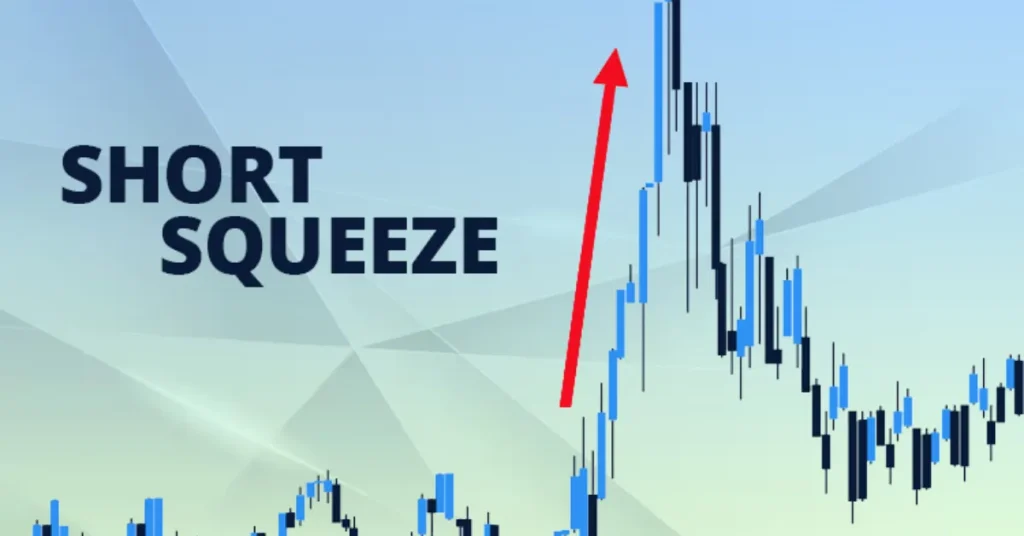
When a short squeeze happens, the stock price can go way up—really fast! Sometimes the price doubles or even triples in just a few days. This happens because short sellers rush to buy back shares before losing more money, and that sudden demand pushes the price even higher.
As the price climbs, more people jump in to try and make money. This includes traders who follow fast-moving stocks and everyday investors. All that buying makes the stock price skyrocket.
These huge jumps usually don’t last. Once the excitement fades and fewer people are buying, the stock price can drop just as fast. A lot of late buyers end up losing money when prices crash.
Short squeezes also make the market super jumpy and unpredictable. Big investors, like hedge funds, can lose a lot of money if they bet the stock would fall. Sometimes this even shakes up the whole stock market!
Also, during a short squeeze, the stock price doesn’t really match the company’s true value. It goes up mainly because of people buying like crazy, not because the business suddenly got better.
So, while early buyers might make big profits, short squeezes can be very risky and often end with prices falling hard.
How to Trade During a Short Squeeze
Want to try making money during a short squeeze—or stay safe if one happens? Here are some simple strategies:
If You Want to Make a Profit
- Watch the Momentum: If the stock price and trading volume suddenly go up, that could be the start of a squeeze.
- Try Call Options: These are contracts that let you profit if the stock goes up, but with limited risk.
- Look for Breakouts: If the stock jumps above a certain price level (called resistance), it might be the real deal.
How Social Media Affects Short Squeezes
These days, social media plays a big role in short squeezes. Sites like Reddit, Twitter, YouTube, and Discord bring together tons of everyday traders who share ideas fast.
Here’s how social media helps short squeezes happen:
- Collaboration among Retail Traders: Platforms such as WallStreetBets on Reddit convinced thousands to purchase stocks such as GameStop and AMC simultaneously, producing enormous squeezes.
- Fear of Missing Out (FOMO): When individuals observe other individuals earning a fortune, they want it too hastily!
- News Spreads in Seconds: Stock news and price updates get shared quickly online, changing how people trade.
- Big Names Join In: Celebrities or famous investors, like Elon Musk, can tweet about a stock and suddenly boost its price.
While social media can help prices jump fast, it also makes things risky. What goes up quickly can crash just as hard!
Dangers of Short Squeezes
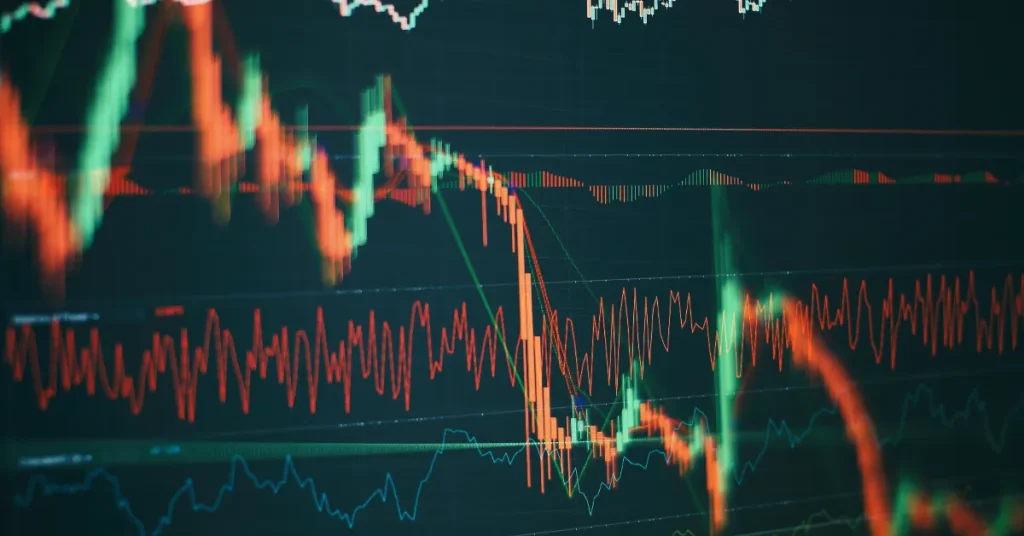
Even though short squeezes can make some people a lot of money, they can also be super risky. Here’s why:
- Wild Price Swings: Prices can shoot up—and then crash—within days or even hours.
- Regular Investors Can Get Hurt: Many people buy in too late and lose money when prices drop again.
- Market Tricks: Some squeezes are part of pump-and-dump scams, where prices are pushed up just to dump them later.
Final Thoughts
Short squeeze is the name of the phenomenon where short sellers have to cover stocks hastily since prices are moving upward and not downward. Such a herd mentality may propel prices to soar, especially when retail investors flock to them in large numbers.
While this could be a chance to earn a profit, it is highly risky. Prices get out of hand, and most lose money when it all collapses. Thus, if you are looking to join a short squeeze, know the risks and be smart about what you do.
Read More:
FAQs
1.Are short squeezes illegal?
Nope! They’re legal if they happen naturally because of market activity. But if people are working together to trick the market, that could get them in trouble.
2.What does “squeezed short” mean?
It means a short seller had to buy back the stock at a higher price to avoid losing more money, which can cause prices to rise even more.
3.Have short squeezes worked before?
Yes! There have been some famous ones, like Volkswagen in 2008 and several times with Tesla. People made (and lost) a lot of money during those times.


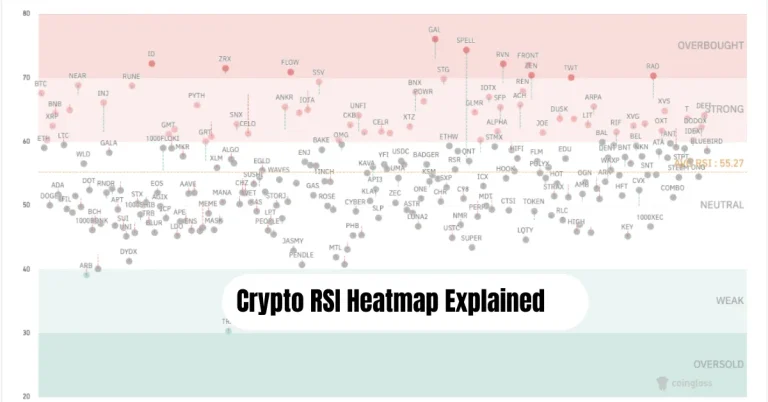
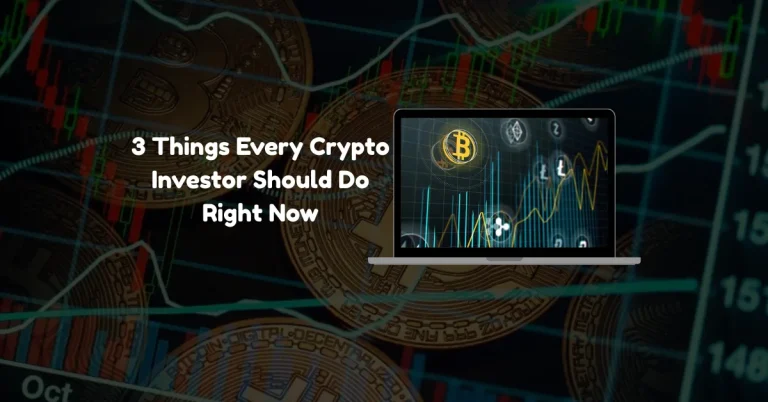
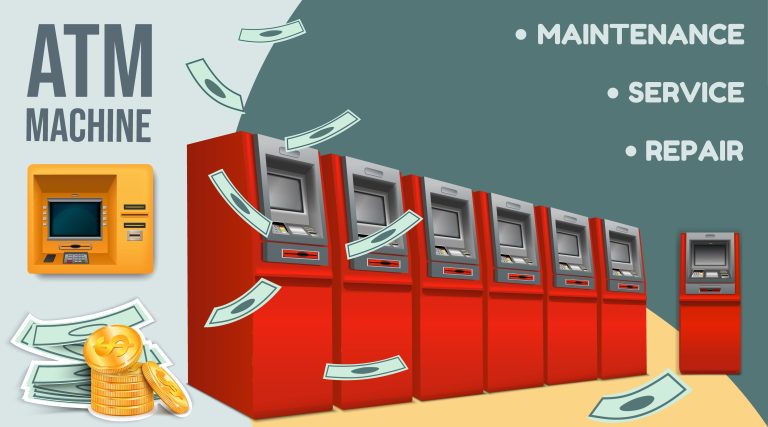
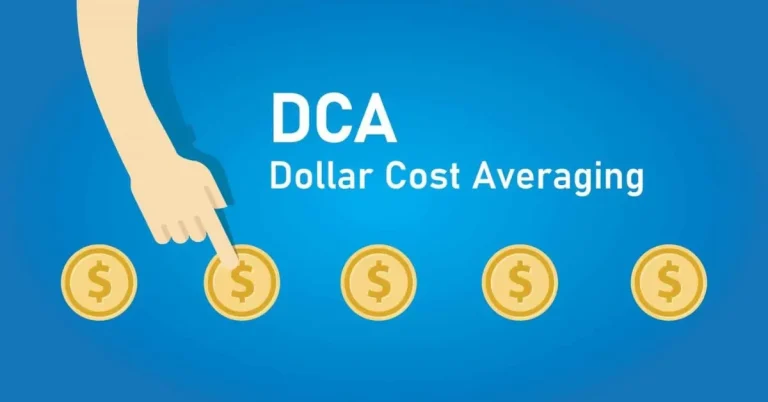





3 Comments